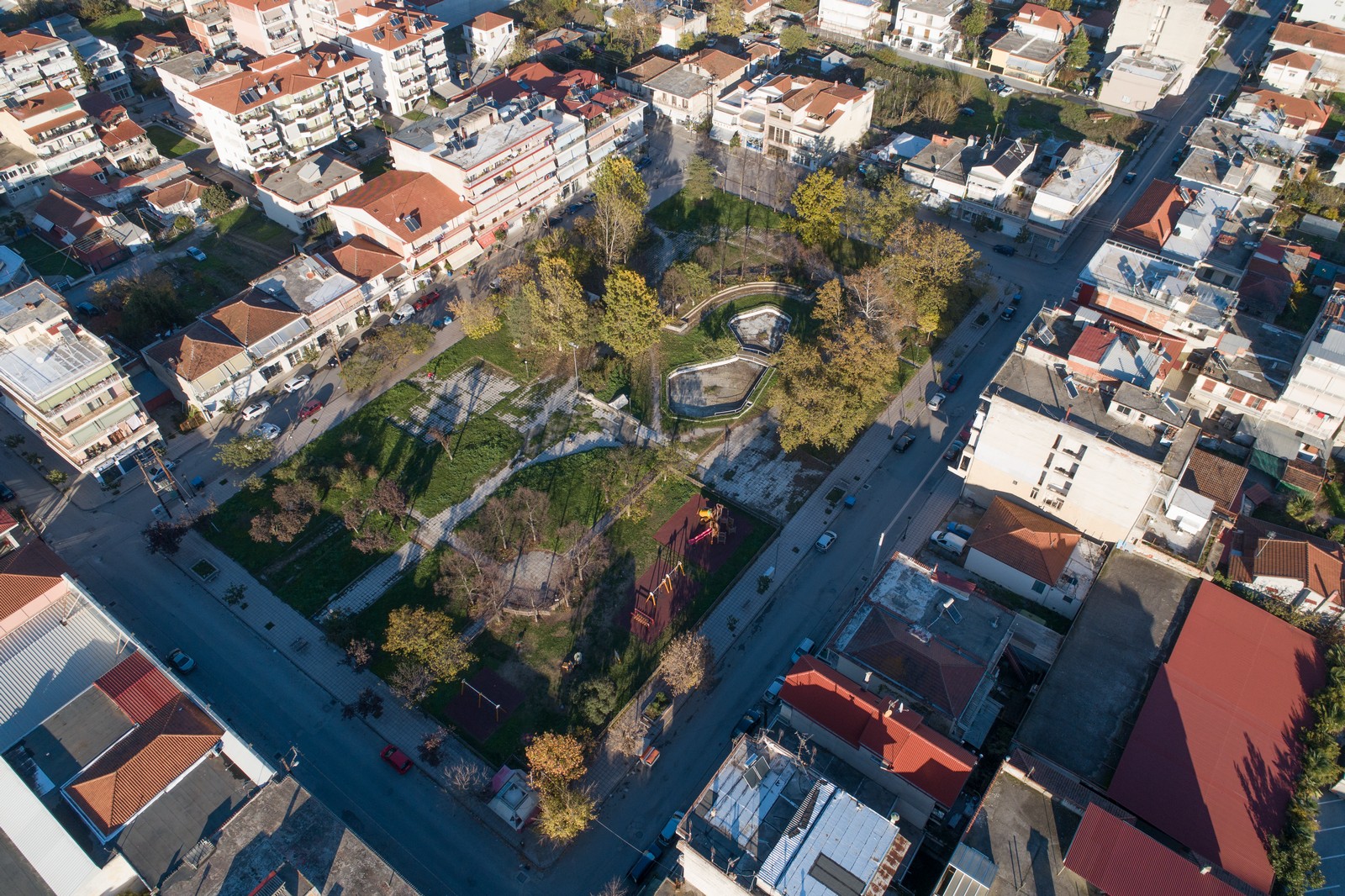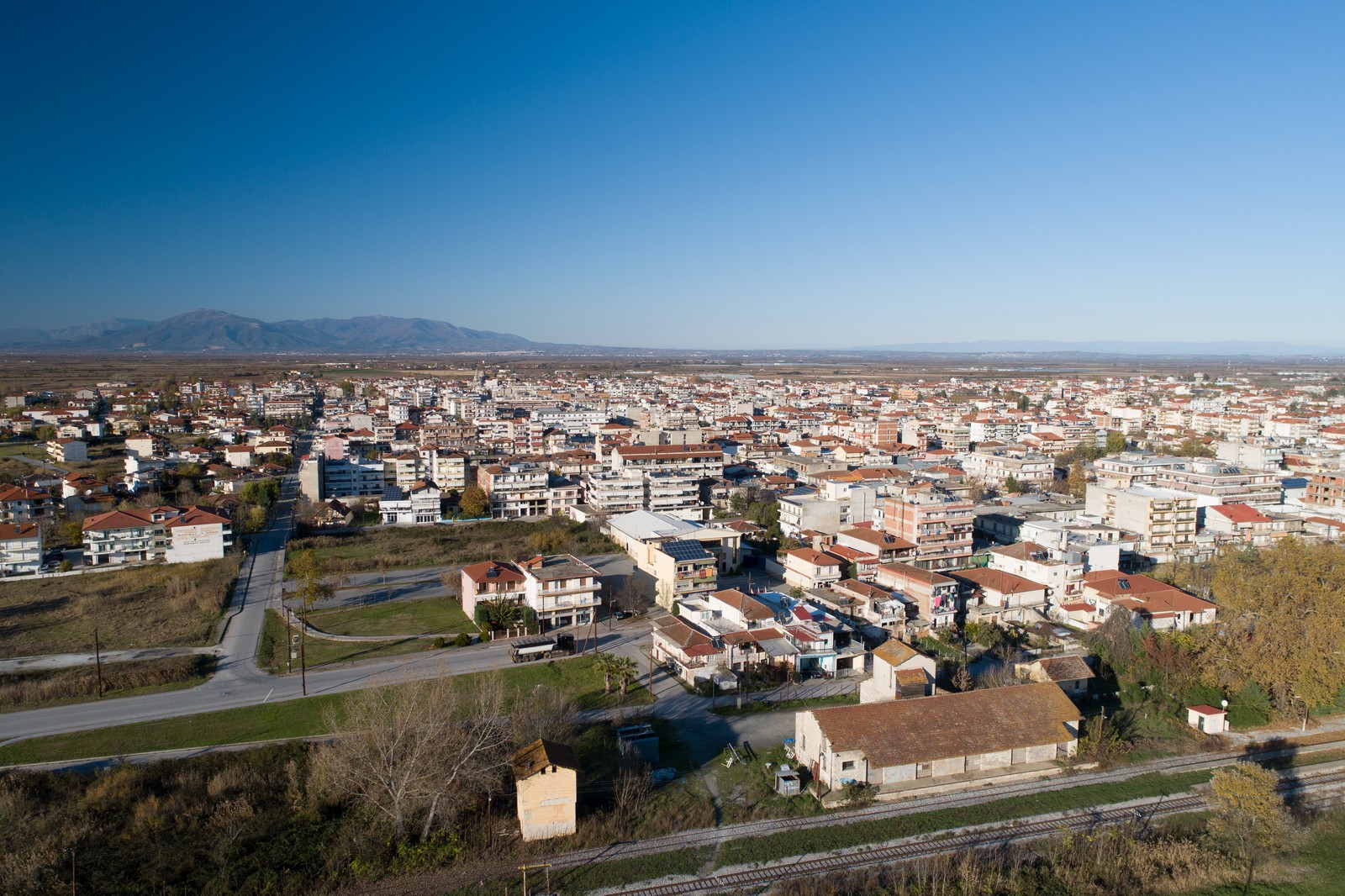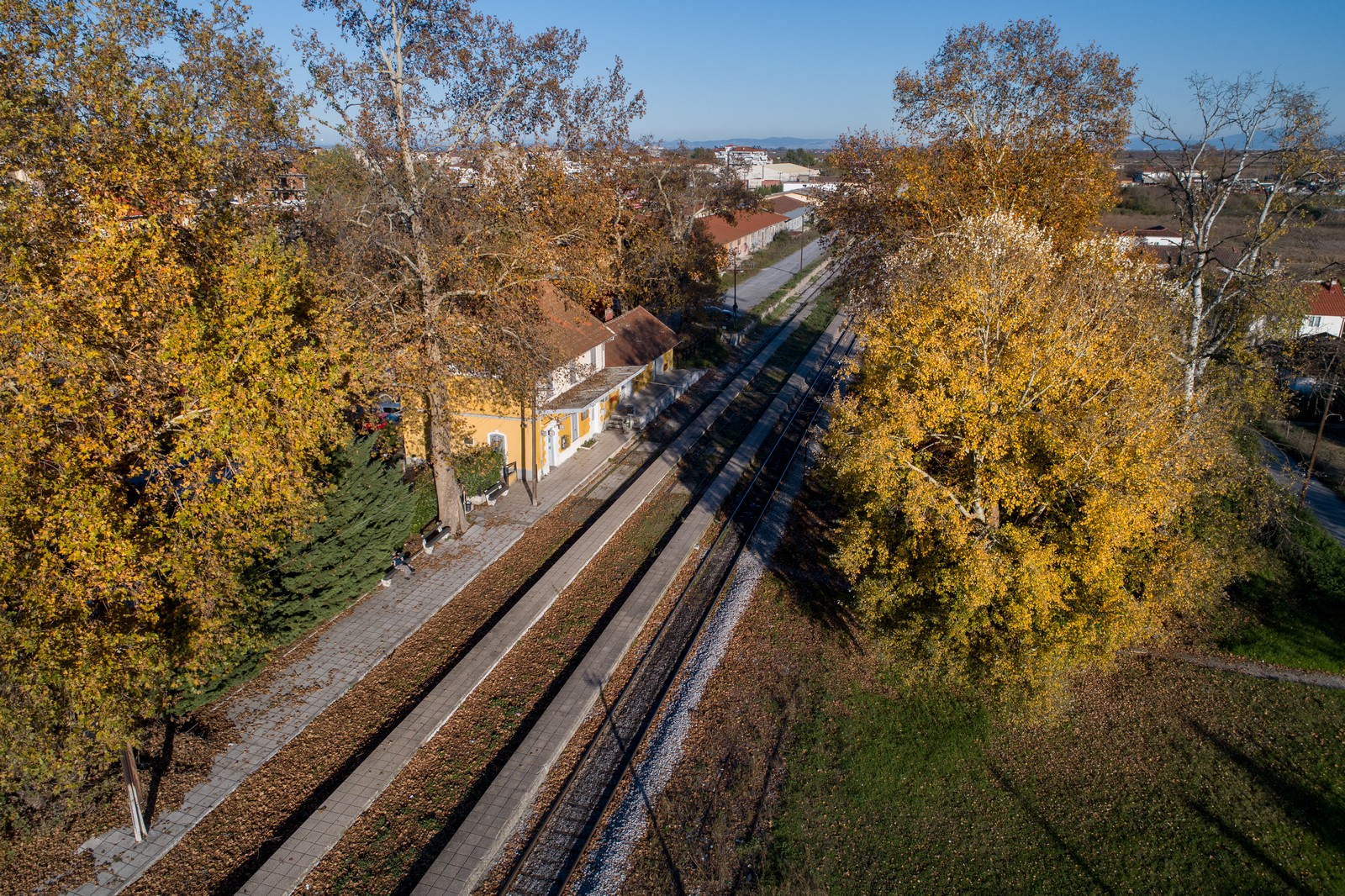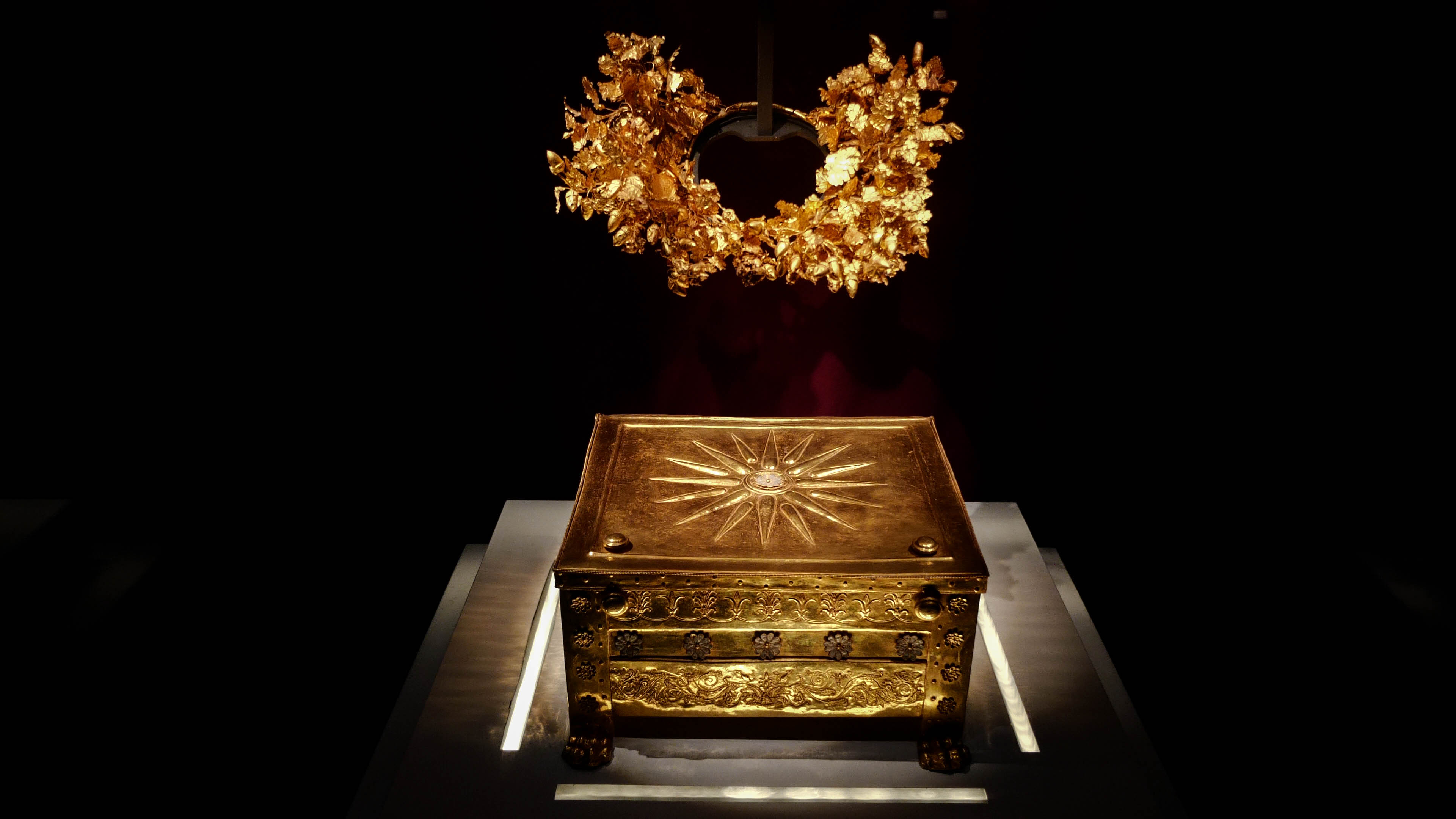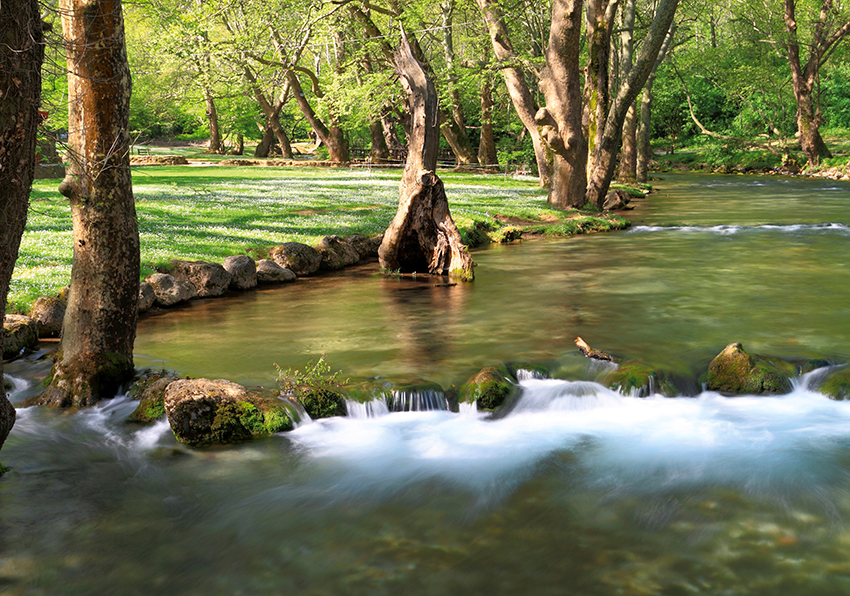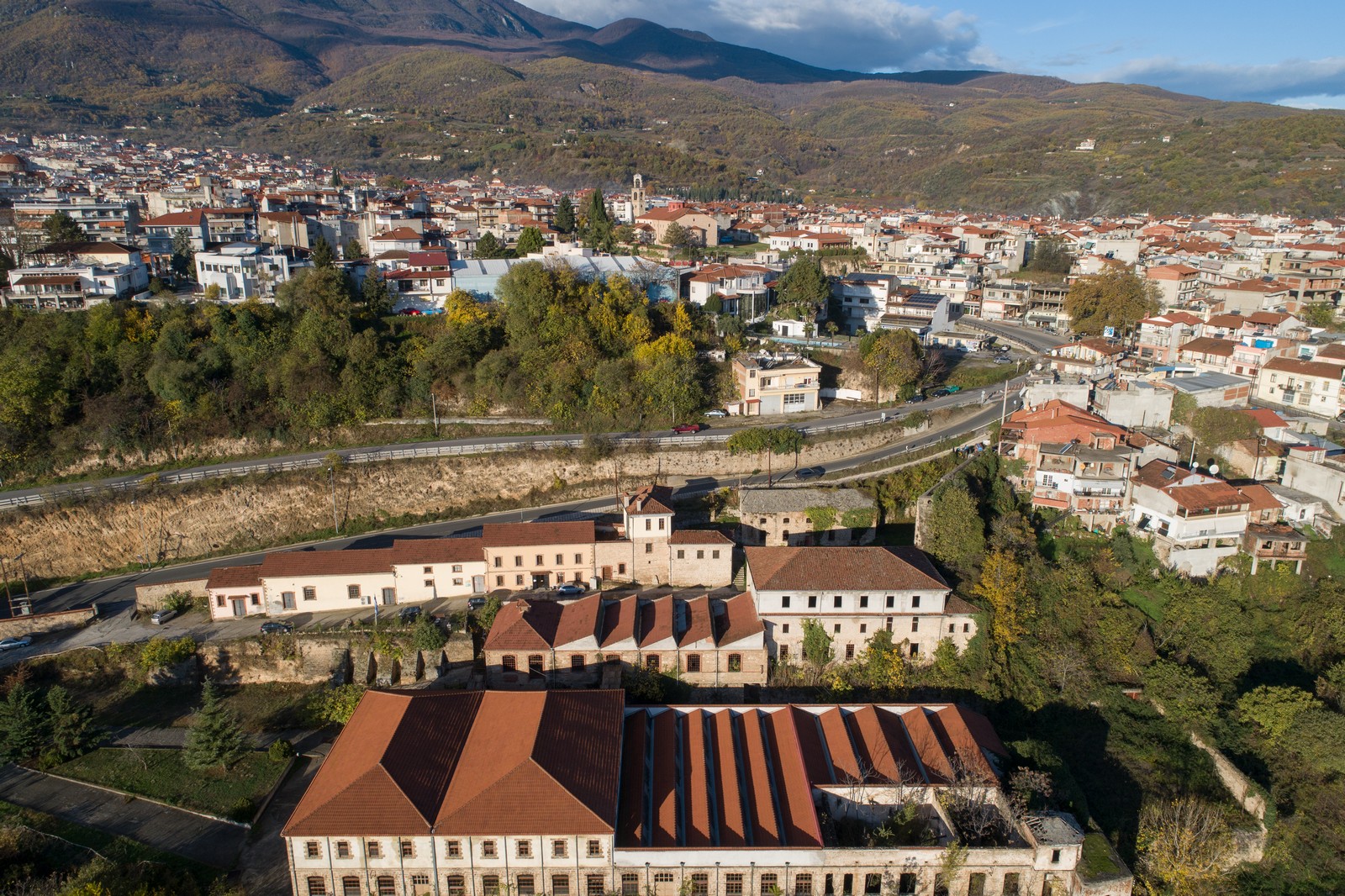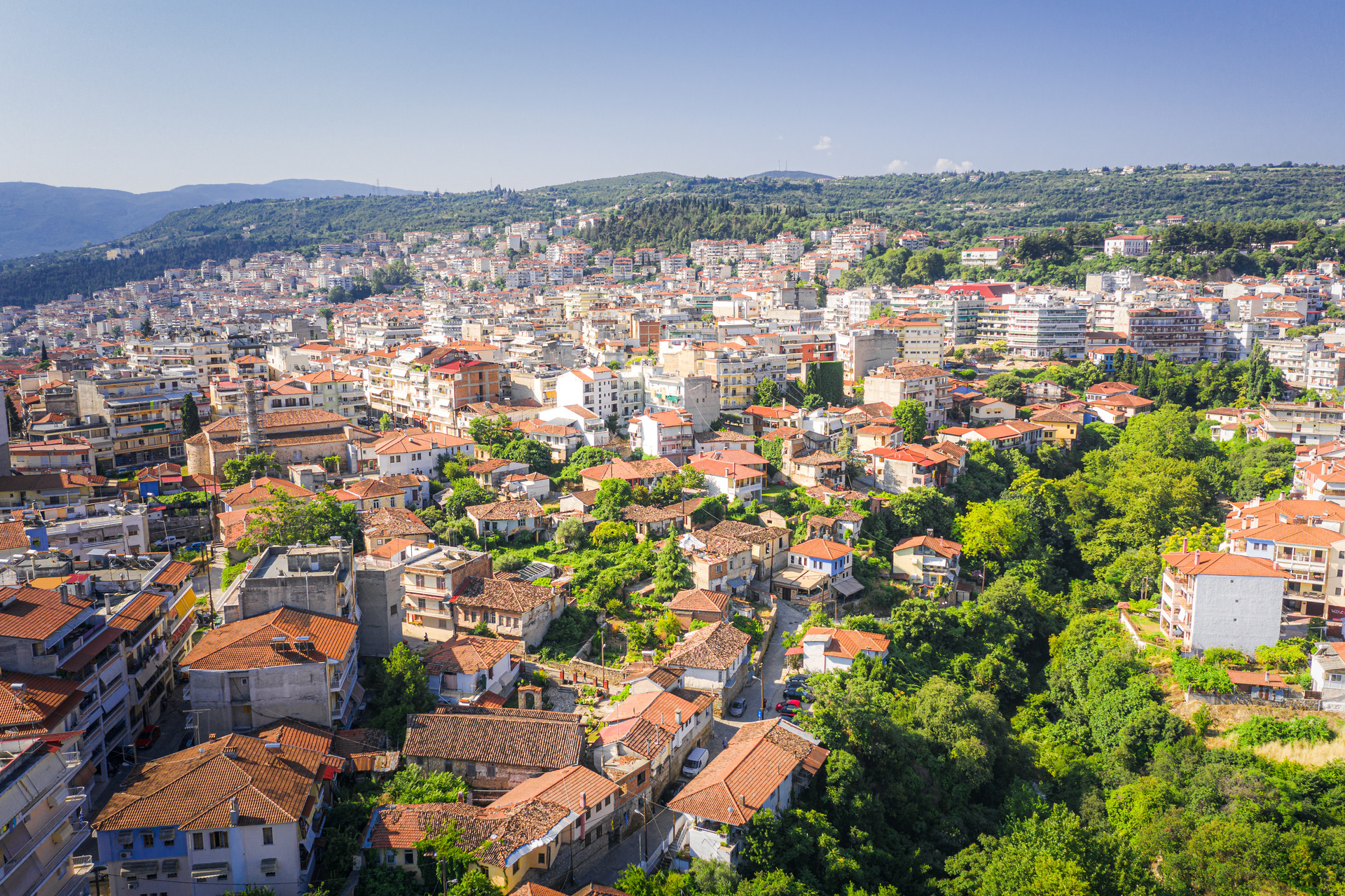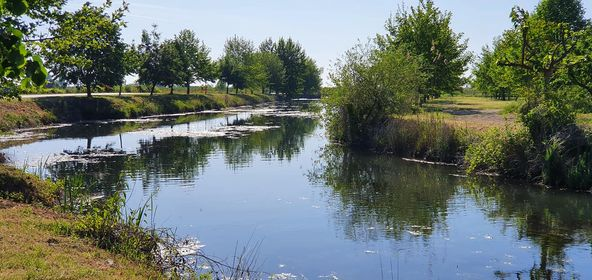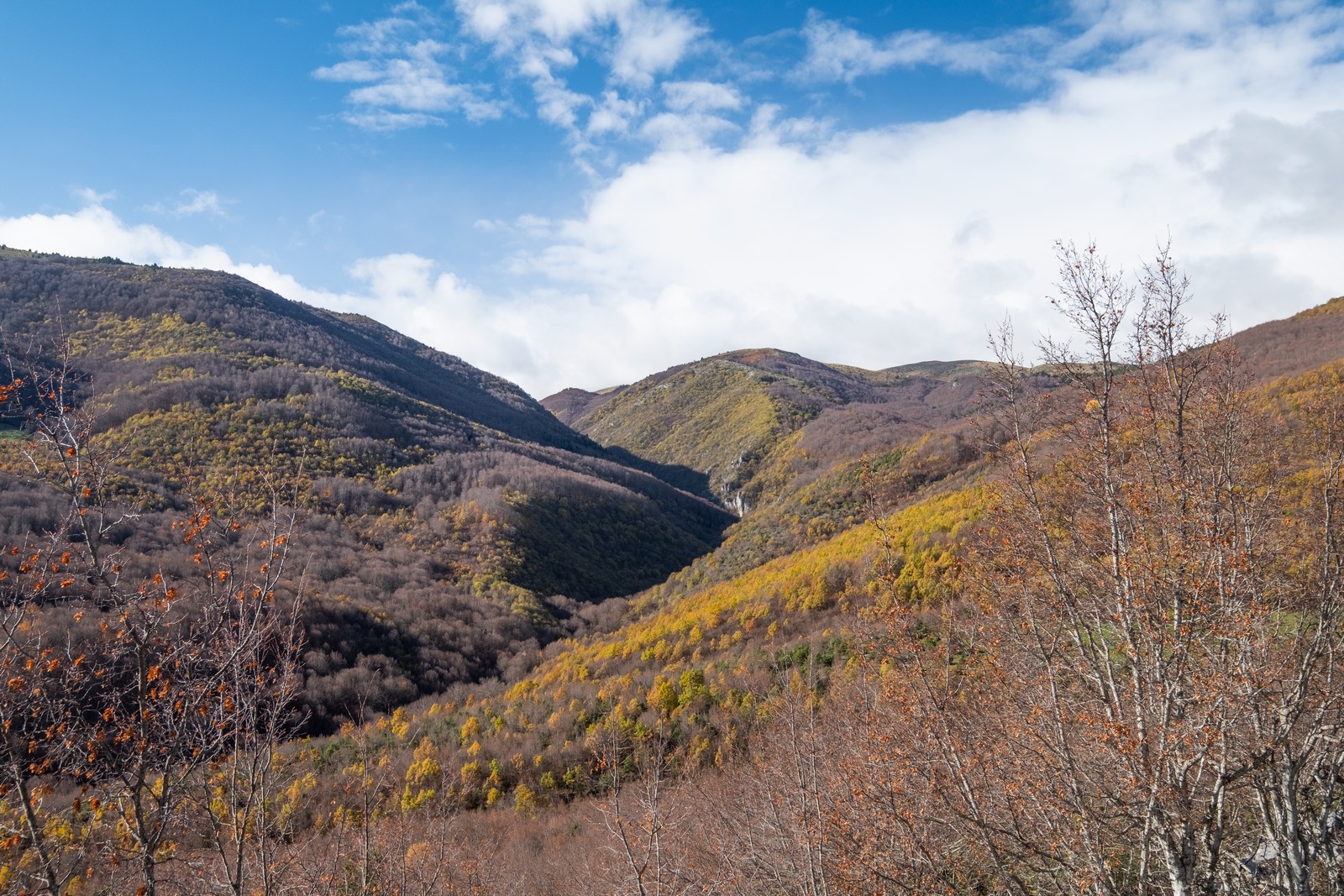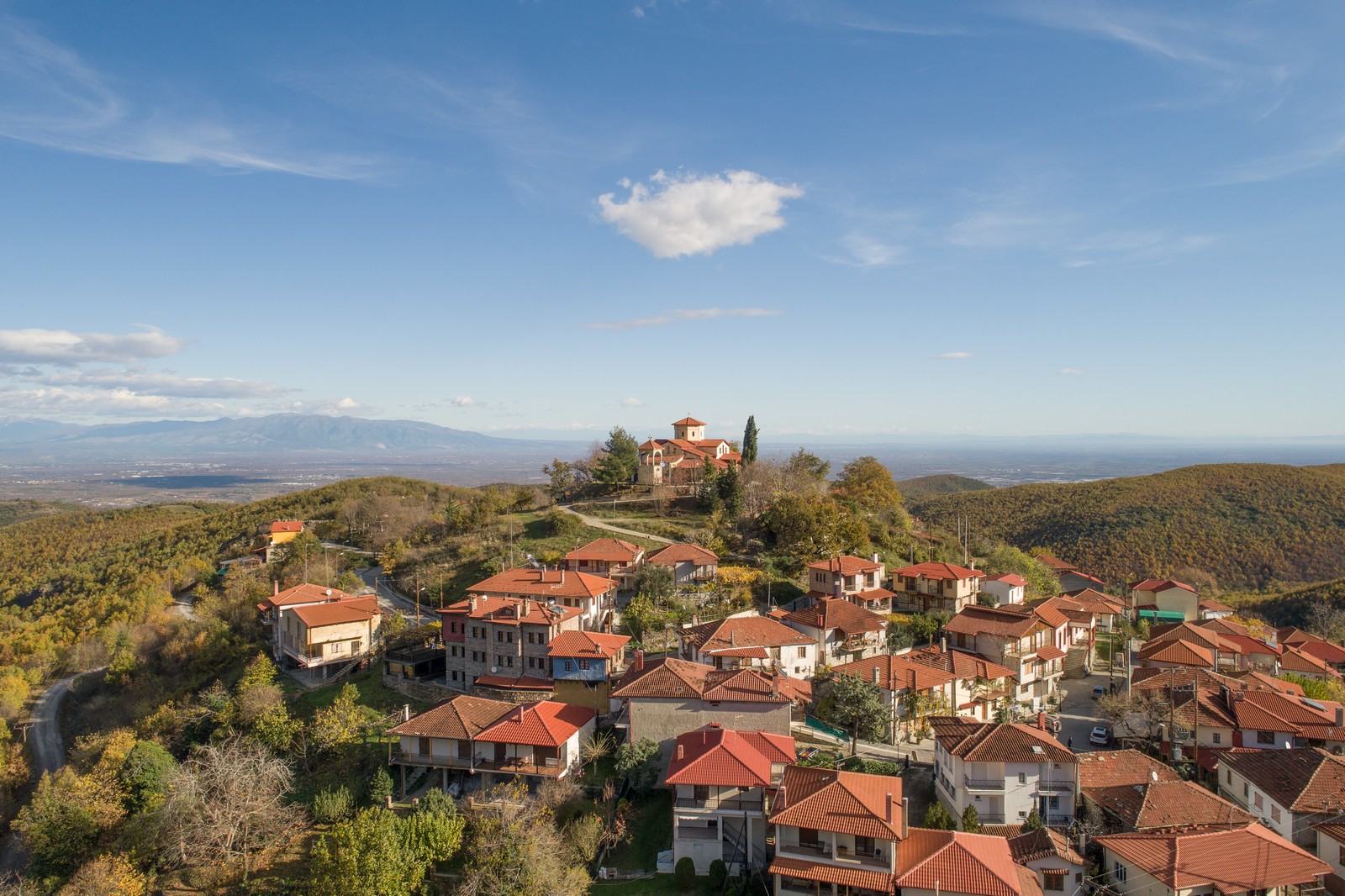
Alexandreia
Alexandreia
A Hidden Gem in Central Macedonia
Alexandria, formerly a prominent village of the Imathia plain, was originally named Gidas. This name remained until 1953, when it was renamed Alexandria in honor of Alexander the Great, the renowned ancient military leader. It served as the historical center of the plain, which during Ottoman rule was known as Roumlouki—a name meaning Land of the Romioi (Greek people)—and consisted of approximately 40 villages.
The area is rich in tradition, with the women’s traditional costume being a remnant of military attire. A notable feature is the “katsouli” headdress, which, according to legend, was gifted by Alexander the Great as a token of appreciation for the bravery of the local women who defended the area during his absence on campaign.
During the Ottoman period, Alexandria was a significant large village, with a monastery and an active role in the Macedonian Struggle. The local Kougas Hut served as a strategic outpost, while the village of Nisi was burned in 1906 by komitadjis (Bulgarian irregulars) due to its support for the Greek forces. After its liberation in 1912 and the drainage of the Giannitsa Marsh, Alexandria developed into a growing urban center thanks to the fertility of the land and its strategic location as a transportation hub.
Alexandria has three main squares. Papantoni Square features a bust of a Macedonian freedom fighter, Eleftherias Square is home to the Municipal Library, and Ampelotopia Square hosts the statue of the Pontic Akritas, a symbolic figure of the Pontic Greeks.
The mouths of the Loudias and Aliakmonas rivers form an important wetland area near Alexandria, hosting a rich biodiversity. This region is renowned for its variety of bird species, fish, and other wildlife, as well as its natural beauty. It is an ideal location for environmental studies, birdwatching, and other nature-related activities.


